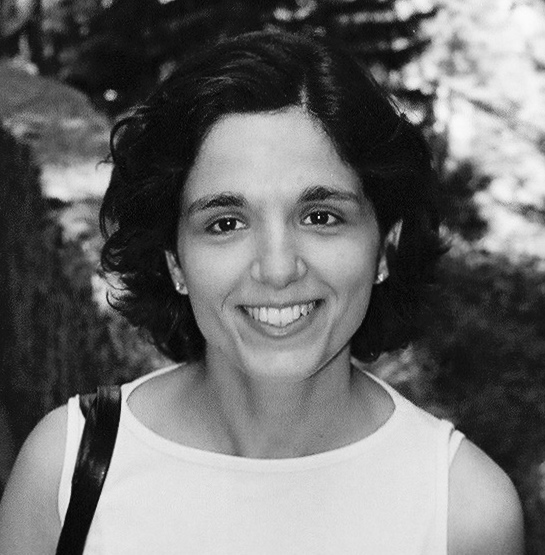
Keywords
Clinical Conditions
Equipment & Techniques
Research at the Adaptive Brain Lab is at the interface of Neural and Computational Sciences. Our experimental work aims to understand the role of lifelong learning and brain plasticity in enabling humans of all ages to translate sensory experience into adaptive behaviours. Our computational work aims to develop predictive AI-guided models of neurodegenerative disease and mental health with translational impact in early diagnosis and personalised interventions.
